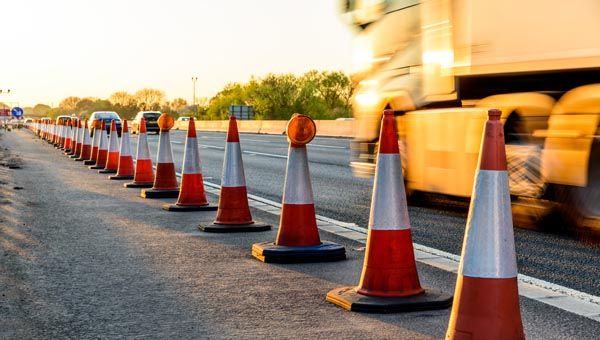Most Bashed Bridges in Britain

Network rail has revealed the frequency of bridge strikes for 2023/2024.
Although the number of bridge strikes has fallen by 3.5% over the previous year, there were still 1,532 collisions, equating to almost 30 collisions per week.
Bridge Strikes not only cause a safety issue for rail users but also result in delays for local traffic, while the vehicle is removed and the bridge examined. Transport operators that don't plan their HGV delivery routes to avoid low bridges run the risk of financial penalties or in extreme cases losing their operator's licence, while Network Rail will also aim to recoup any maintenance and delay expenses incurred.
A bridge strike can cost millions of pounds to repair, a recent incident at Severalls Lane Bridge on the A12 Colchester Northern Bypass cost Network Rail £2.5m to repair.
Logistics companies that plan their HGV delivery routes with the help of Descartes' Route Optimisation Software can rest easy knowing that the software will take into account the height and type of vehicle that is being used and compare this to the height of bridges along possible routes. As a result, the software will select a route that not only avoids low bridges but also selects a route that is the shortest and most cost-effective route for their deliveries.
Most struck railway bridges in Britain 2023/24:
- Stuntney Road, Ely - 18 strikes
- Stonea Road, Stonea - 17 strikes
- Lower Downs Road, Wimbledon - 17 strikes
- Watling Street A5, Hinckley - 15 strikes
- Harlaxton Road, Grantham - 14 strikes
- Doncaster Road (A638), Ackworth, Ferrybridge - 13 strikes
- Warminster Road Bridge, Wilton - 11 strikes
- Abbey Farm, Thetford - 11 strikes
- Kenworthy Road Bridge, Homerton - 11 strikes
- Jews Lane, Twerton - 10 strikes
Read our article on the Consequences of a Bridge Strike - Discover 7 ways you can reduce the risk...
Bridge strikes reported across the railway network in the past seven financial years
- The year 2023/24 - 1,518 strikes
- The year 2022/23 - 1,572 strikes
- The year 2021/22 – 1,833 strikes
- The year 2020/21 – 1,627 strikes
- The year 2019/20 – 1,727 strikes
- The year 2018/19 – 1,937 strikes
- The year 2017/18 – 2,039 strikes
Contact us to discuss HGV routing for your fleet.



